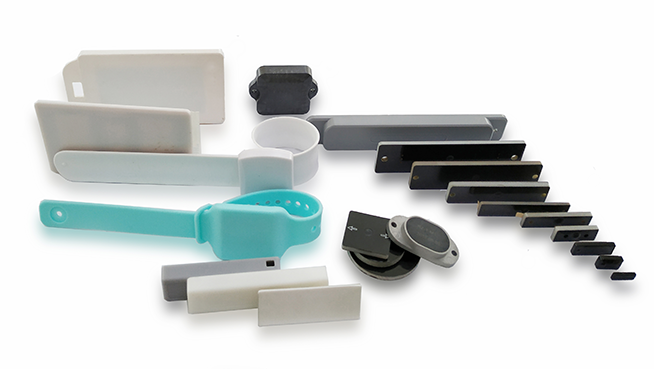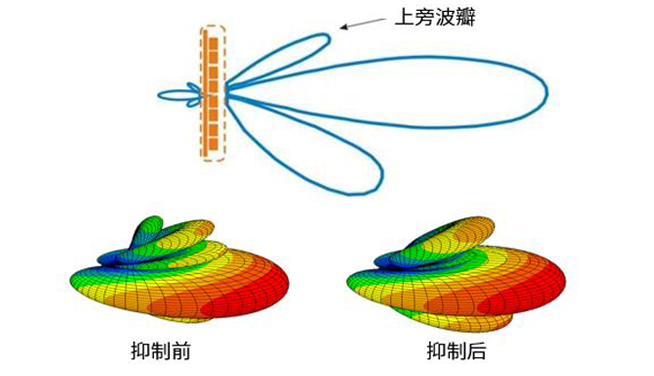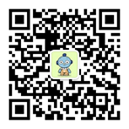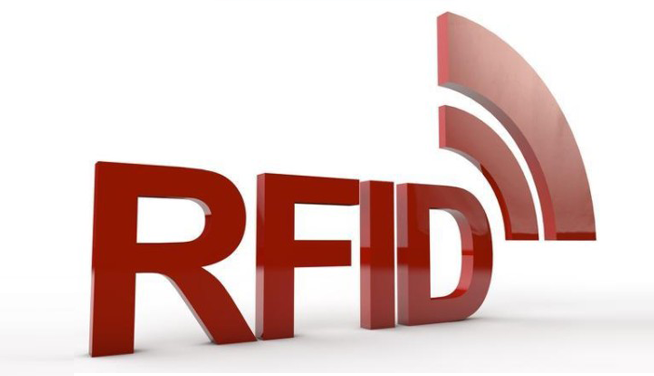
Radio Frequency Identification (RFID) is a wireless communication technology that uses radio signals to identify specific targets and read and write related data without the need to identify mechanical or optical contact between the system and a particular target. At present, RFID technology is widely used in the fields of library, logistics and warehousing, asset management, personnel management, and retail.
Second, the composition and working principle of radio frequency identification system
1. Radio frequency identification system
The RFID system is mainly composed of three parts: a tag, a reader, and an antenna. In addition, a special application system is required to handle the reader recognition accordingly.
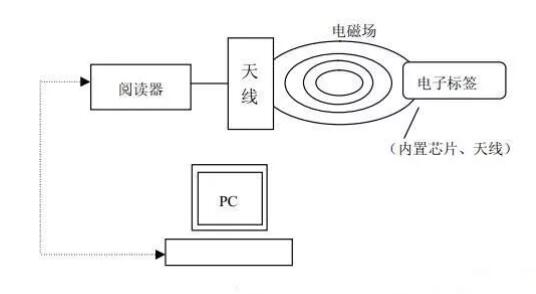
Figure 1 RFID system components
1) Label: Electronic label or radio frequency label, transponder, consisting of chip and built-in antenna. The electronic data in a certain format is stored in the chip as the identification information of the item to be identified, and is the data carrier of the radio frequency identification system. The built-in antenna is used to communicate with the RF antenna.
2) Reader: A device that reads or reads/writes electronic tag information. The main task is to control the radio frequency module to transmit a read signal to the tag, and receive the response of the tag, decode the object identification information of the tag, and associate the object identification information. Other relevant information on the label is transmitted to the host for processing.
3) Antenna: A transmitting and receiving device that transmits data between a tag and a reader.
2, the operating principle of radio frequency identification system
After the electronic tag enters the antenna magnetic field, if it receives a special RF signal from the reader, it can send out the product information (passive tag) stored in the chip by the energy obtained by the induced current, or actively send a signal of a certain frequency. (Active tag), the reader reads the information and decodes it, and sends it to the central information system for data processing.
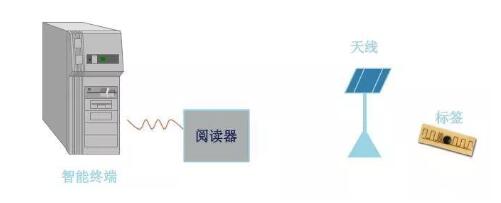
Figure 2 reader gets read and write instructions
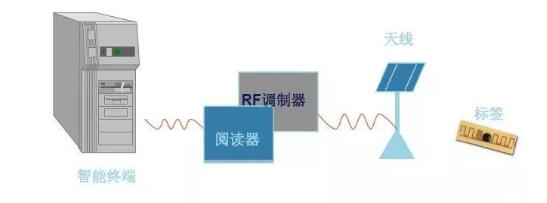
Figure 3 The reader RF modulator sends the signal to the antenna
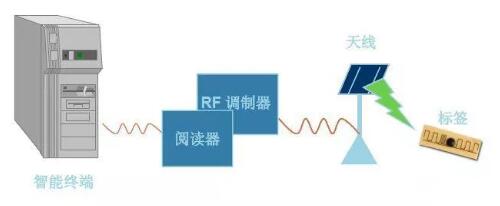
Figure 4 antenna query label
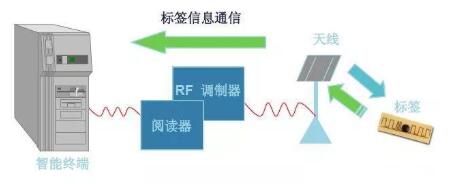
Figure 5: The tag information returned by the antenna will be transmitted back.
1) Inductive coupling: According to the law of electromagnetic induction, coupling is realized by a spatial high-frequency alternating magnetic field. Inductive coupling is generally suitable for short-range RFID systems operating at medium and low frequencies.
2) Electromagnetic backscatter coupling: According to the spatial propagation law of electromagnetic waves, the emitted electromagnetic waves are reflected after hitting the target, thereby carrying back the corresponding target information. Electromagnetic backscatter coupling is generally suitable for long-range RFID systems operating at high frequencies and microwaves.
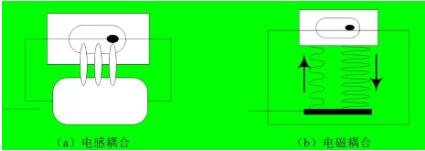
Figure 6 Comparison of two coupling methods

It is popular to understand that the mode of inductive coupling is mainly applied in the low frequency (LF) and intermediate frequency (HF) bands. Since the low frequency RFID system has a longer wavelength and relatively weaker energy, it mainly relies on close proximity sensing to read information. Electromagnetic backscatter coupling is mainly used in the high frequency (HF) and ultra high frequency (UHF) bands, and the energy is higher due to the shorter wavelength of the high frequency. Therefore, the reader antenna can radiate electromagnetic waves to the tag, and some of the electromagnetic waves are modulated by the tag and reflected back to the reader antenna, and after being decoded, are sent to the central information system for processing.





